10 Key Vendor Players In The Video Channel
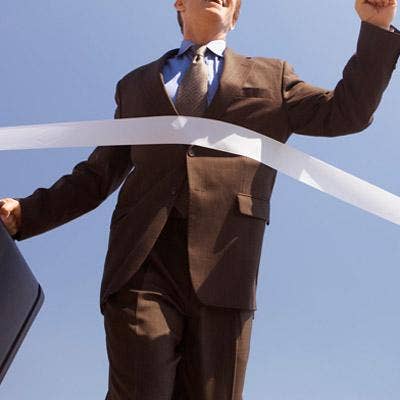
Where To Look
The role of solution providers in video is a slippery subject. Traditionally, it's meant value-added resale of video conferencing systems, equipment, software and services. But that, too, is changing, thanks to the continued commoditization of video gear, the rise of HD, telepresence and immersive video services, the role of video within the broader unified communications story, and the explosive growth of hosted and managed services directly related to video.
Solution providers looking to broaden their reach in video communications need to consider not only all of these options, but the many vendors that service them. Here are 10 that can't be ignored.
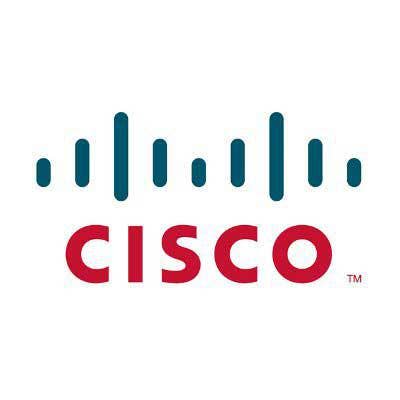
Cisco
Cisco's high-end TelePresence systems have been in the channel for years now, and so has WebEx, the collaboration suite that Cisco acquired in 2007. But Cisco is fond of saying that video will be the "killer app" going forward, and it's determined to be part of that story in every aspect, from its existing product lines to its game-changing acquisition of Tandberg. Expected to close any day now following final approval from various government and regulatory bodies, the Tandberg portfolio instantly vaults Cisco to the No. 1 spot in worldwide videoconferencing market share and re-draws the lines among the major video communications powers in the channel. What comes next -- when the Tandberg line is opened up to Cisco's enormous partner network and margins erode -- is harder to predict.
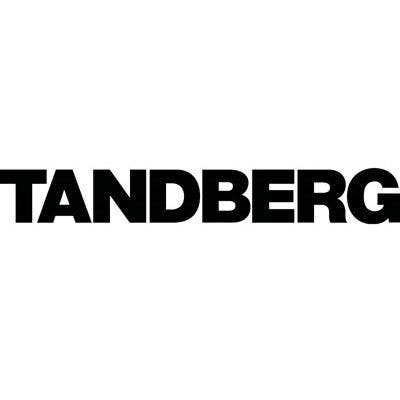
Tandberg
Tandberg has some of the most beloved products in the video channel, and a strong -- if not always happy -- network of channel partners. Though much of its video gear is high-end, Tandberg has in recent years started to push downmarket, challenging its rivals on price points and bringing itself within range of midmarket budgets for the first time. All the while, it's overtaken Polycom to take by what most estimates say is the No. 1 market share for video endpoints and video infrastructure products. No wonder Cisco -- expected to finalize its acquisition of Tandberg by the end of April -- took such a shine to them.

Polycom
Will Polycom be acquired? That seems to be the million-dollar question at this point, and not a week goes by these days without some kind of Polycom M&A rumor floating to the surface. With Tandberg off the table thanks to the pending Cisco acquisition, Polycom becomes the last standalone video conferencing vendor with the scale to match. Most observers point to a few years of sluggish product refresh and innovation as the reason Polycom ceded so much worldwide market share to Tandberg, but Polycom is still humming along, and most importantly, it has attempted to revamp its channel programs to reward its most loyal partners. And from a brand perspective, Polycom is still a force to be reckoned with, not to mention a friend to just about everyone, thanks to expanded partnerships with everyone from HP, Juniper and Microsoft to Avaya, Siemens and the Asterisk community.
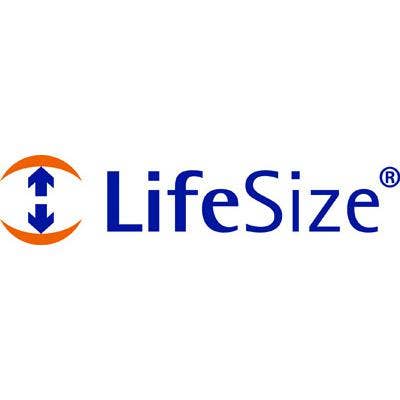
LifeSize Communications
LifeSize became a compelling story in the channel within the past few years, beloved by SMB-focused video conferencing and UC solution providers who wanted good margins on midmarket-centric video deployments. It hasn't let up, either; last fall's release of both the SMB-centric LifeSize Passport and the LifeSize 220 telepresence line -- which effectively lowered the price thresholds for desktop telepresence equipment -- helped to cement its reputation. LifeSize was acquired by Logitech in November 2009 -- a move that vaulted Logitech into the video conferencing big leagues -- but so far, the move hasn't visibly disrupted LifeSize's channel base. As Tandberg (and Cisco) push toward mid-range enterprises, they'll find LifeSize waiting for them.

Vidyo
Ask video conferencing market observers who the most compelling upstart company is in the space right now, and nine out of 10 of them will probably say Vidyo. The company, which just locked up another $25 million round of Series C financing, is only five years old but has posted impressive growth since emerging from stealth mode in the fall of 2007. The hook is software-based video conferencing that runs on standard PCs and Macs, versus dedicated hardware. On April 15, Vidyo launched a desktop version of that software for touch-screen-ready Windows and Mac systems for under $1,000. Vidyo has also been publicly touting the possibilities for a smartphone version of its software, if and when most mobile devices meet the processing power and camera needs to do it.

IBM
IBM's tentacles reach far into unified communications these days. Partnerships with a wide range of video and UC vendors -- everyone from Polycom to ShoreTel -- and the expanded capabilities of Lotus Sametime, its UC software suite, make it impossible to ignore in this space.

Microsoft
As Microsoft continues to grow its UC footprint -- Office Communications Server 14 premiered just last month -- so too grows the spread of its video and collaboration offerings. At VoiceCon in Orlando in March, Gurdeep Singh Pall, corporate vice president of Microsoft's Unified Communications Group, suggested that by 2013, more than half of all VoIP calls would include some combination of instant messaging, videoconferencing, presence or other type of collaboration tool. It's not unique to Microsoft, of course, but the convergence of the UC story with videoconferencing will only get more compelling. It's the type of vision that makes those who sell only traditional videoconferencing gear wonder if they've missed the boat.

HP
HP doesn't have the video market sizzle of Cisco's TelePresence or Tandberg's range of telepresence products, but anyone who says the company doesn't have a compelling video story hasn't heard of Halo, HP's line of telepresence and collaboration products and services, and hasn't remembered HP's longstanding partnerships with several video and UC players, including Polycom and Microsoft. Video conferencing and collaboration are two crucial elements of the UC story -- the move from nice-to-have to need-to-have has happened -- and HP's proven time and time again it doesn't wait around to play catch-up. Of note is HP's recent decision to emphasize Polycom products for HP Services. HP hasn't abandoned its previous relationship with Tandberg -- as was erroneously reported by Reuters in March -- but with Tandberg's new parent, how long before the clean break happens?

Radvision
Channelweb.com is hearing encouraging things from Radvision partners about both Radvision's commitment to the channel and its recent innovation. The company, for example, was recently awarded a patent for instant-access support of videoconferencing over instant messaging, and in March announced a free application, Scopia mobile, which extended its Scopia conferencing line to mobile devices such as Apple iPhone and RIM BlackBerry. It may not have the channel muscle of some of its competitors, but Radvision's commitment to video infrastructure, desktop conferencing and various A/V options for IP networks have kept it firmly in the conversation.

Glowpoint
Glowpoint is perhaps the most visible example of what might be called next-generation managed video services vendors, who don't push videoconferencing gear but offer a range of multi-point videoconferencing services to help users get the most out of their endpoints and networks. Central to Glowpoint's offering is its "Video in the Cloud" portfolio: a range of cloud-based video infrastructure and enablement services, from QoS to telepresence interoperability, that allows customers to take what they have for telepresence and conferencing devices, "plug in" to Glowpoint's cloud, and let Glowpoint and its partners take care of the rest. The company is now pushing its services, which are hardware- and network-agnostic, hard through channel partners looking for compelling managed services stories for video and UC.
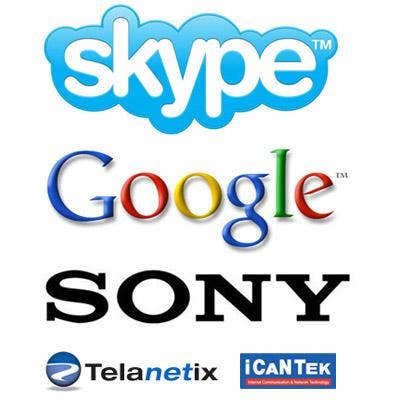
And Don't Forget...
Skype: Skype has been making eyes at the channel for much of the past year as it continues its push to be taken seriously as a business tool. It's a voice platform, for certain, but its video capabilities can't be ignored, especially with the number of high profile partnerships it has among significant, channel-friendly vendors.
Google Google already has a Skype competitor in Google Voice, and Google's collaboration offerings, including Google Wave and the advanced features in Google Apps, mean it has to be taken seriously. Not a channel player in video, necessarily, but Google is among the handful of IT companies in the world that warrants close attention for almost everything it does.
Sony: As a videconferencing player in the channel, Sony has lost a lot of strength outside of its Asia stronghold, in North America and especially in EMEA, from where it officially withdrew its professional video systems business in March. Sony is still Sony, though -- Wainhouse Research had it with a 4 percent global market share in 2009 -- and therefore, in the conversation.
Telanetix: No question Telanetix is an IP communications channel presence. How much of one is a question, and Telanetix is often considered more of a VoIP player for SMBs than a telepresence and videoconferencing contender.
iCanTek: iCanTek is known for IP video surveillance products, but its sphere of influence has thus far been limited to its home base in Korea. A recently inked distribution deal with Ingram Micro could change all that.